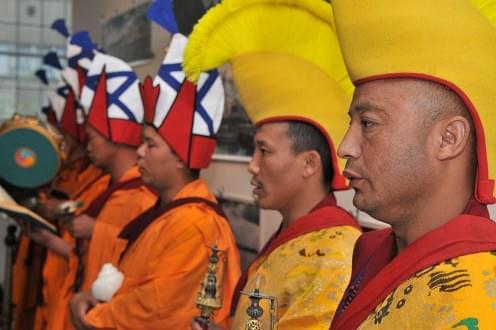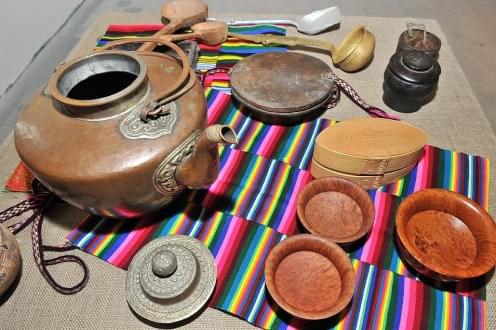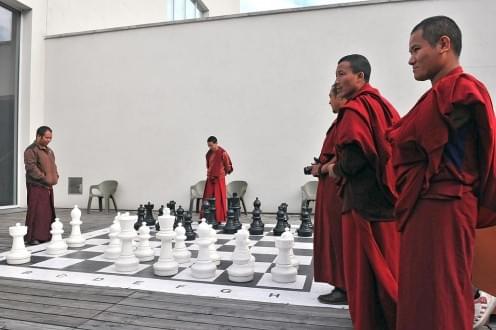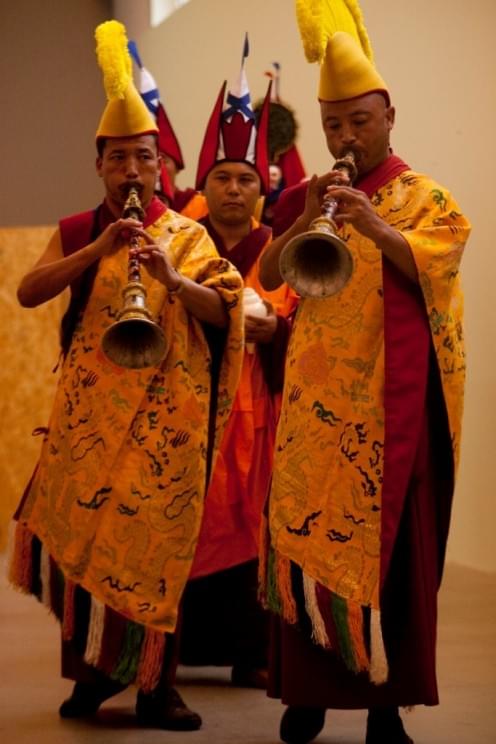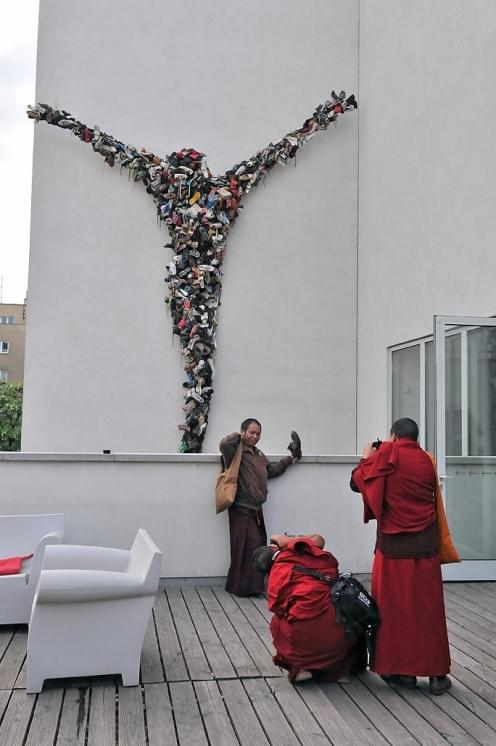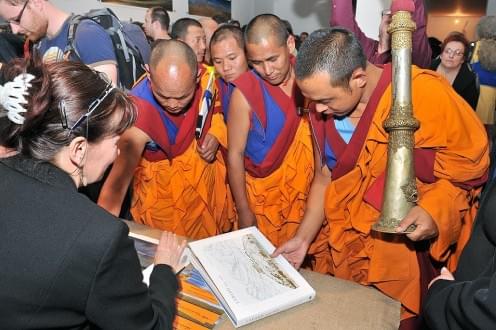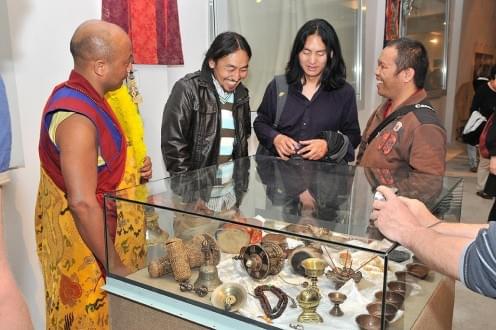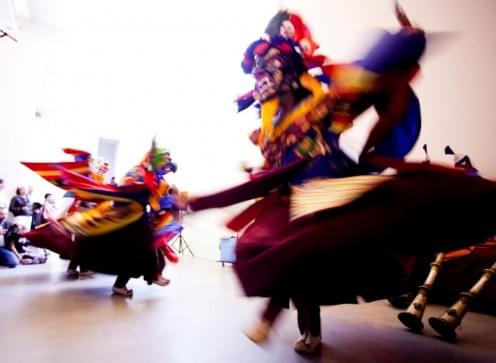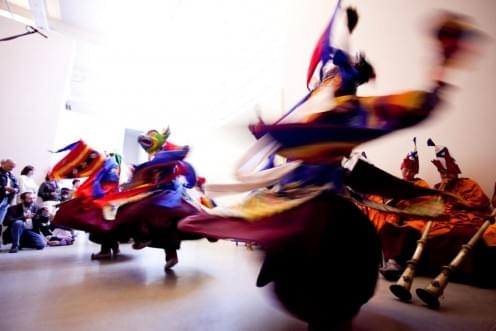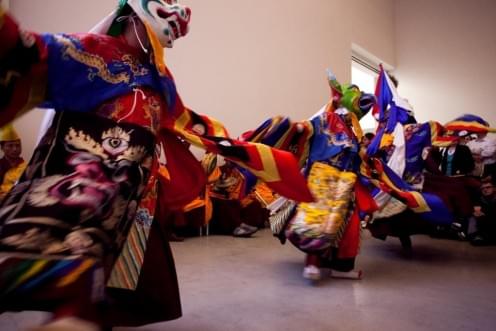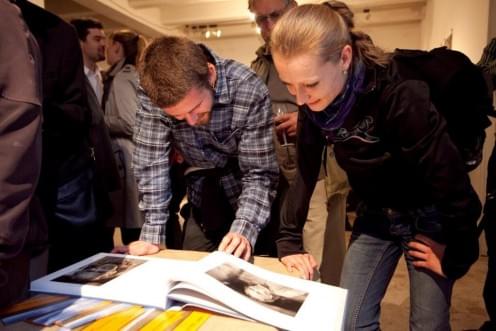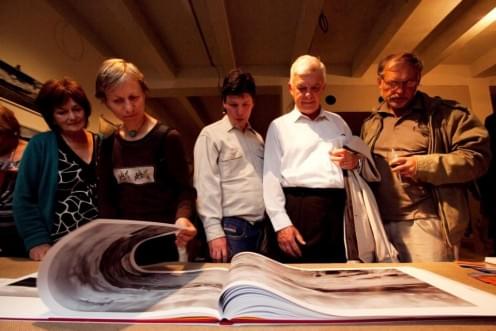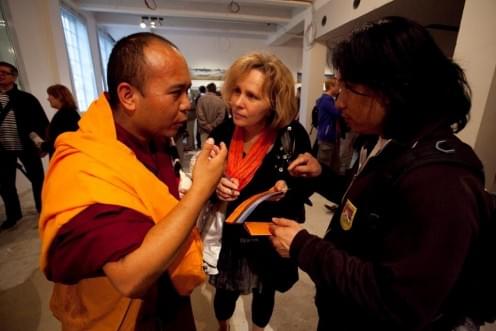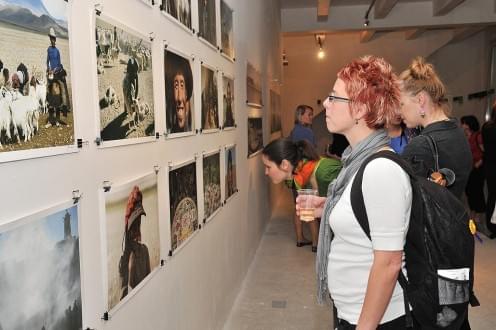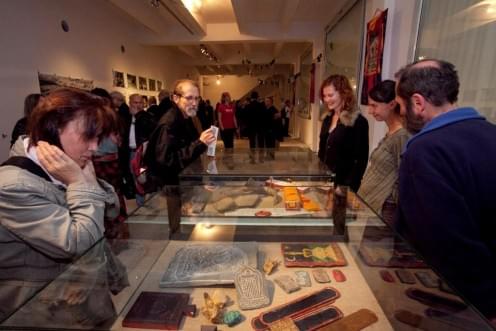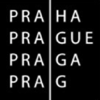Tibet - landscape of myths and legends - Photographs by Jaroslav Poncar
18 May – 30 Jun 2011
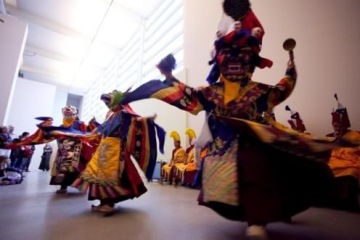
Jaroslav Poncar’s panoramic photographs take the viewer to the very heart of the remote and wild landscape of western Tibet, to places around the sacred mountain of Kailash, an area inhabited by nomadic shepherds and their herds as well as wild animals and invisible beings from the parallel worlds of gods, spirits and demons. Bon, the original Tibetan religion before the arrival of Buddhism in Tibet, was born here. The realm of Zhang Zhung once spread through winding river canyons as well as over open plateaus. Although it ceased to exist as an entity in the 8th century AD and Bon struggled for survival in competition with Buddhism, the Bon masters managed to protect their teaching and knowledge and passed it on, from teacher to pupil, thus preserving its tradition to this day.
The exhibition at the DOX Centre for Contemporary Art accompanies a series of workshops and lectures entitled Bon – the Earliest Source of Tibetan Culture with Tibetan monks who have come to the Czech Republic especially to give them. A group of Tibetan monks from the monastery in exile at Menri, India, a centre of the Bon tradition will introduce, together with Czech experts, the history and teachings of Bon, a school of thought deeply embedded in Tibetan culture, in a series of workshops and talks. Participants will experience the rituals of cham masked dances and the production and use of ritual objects, as well as learning about the most important figures in Bon, their iconography and many other aspects of this tradition.
The proceeds will be used to finance the construction of a polyclinic in the Dölpo region, Nepal.

